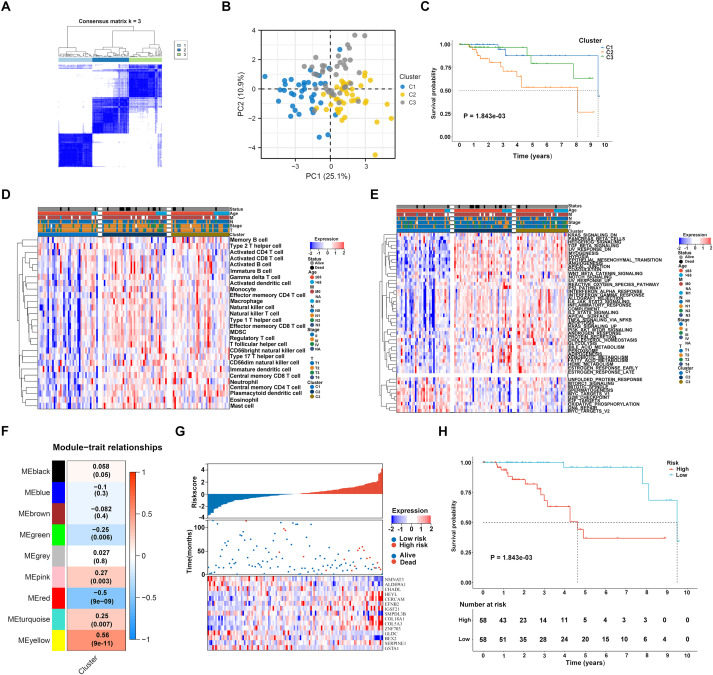
Heterogeneity of anoikis in triple-negative breast cancer subtyping and therapeutic implications


Triple-negative breast cancer (TNBC) is an inherently heterogeneous malignancy at the biological and clinical levels, occupying around 15% of diagnosed breast cancer cases and being the most lethal breast cancer subtype to combat.1 Anoikis is a programmed cell death that occurs when cells detach from the correct extracellular matrix, thereby destroying integrin connections.2 However, the role of anoikis expression pattern and prognosis in TNBC is still unrevealed. Here, TNBC presented three heterogeneous phenotypes in anoikis, and each subtype owned unique molecular, and clinical characteristics as well as diverse responses to chemotherapy, targeted therapies, and immune checkpoint blockade. The anoikis-based scoring system can accurately estimate patient survival, which was remarkably superior to well-established clinical parameters. Patients with a low anoikis score were predicted to well respond to immune checkpoint blockade, and compounds were identified to be appropriate for those with a high anoikis score. The genes from the anoikis-based scoring system were aberrantly expressed in bulk TNBC versus normal tissues, and specifically expressed in TNBC single cells. Each of them was linked with a TNBC prognosis. Altogether, our study sheds light on the anoikis landscape of TNBC, which will contribute to further understanding of anoikis and formulating an appropriate treatment choice to defeat TNBC.
